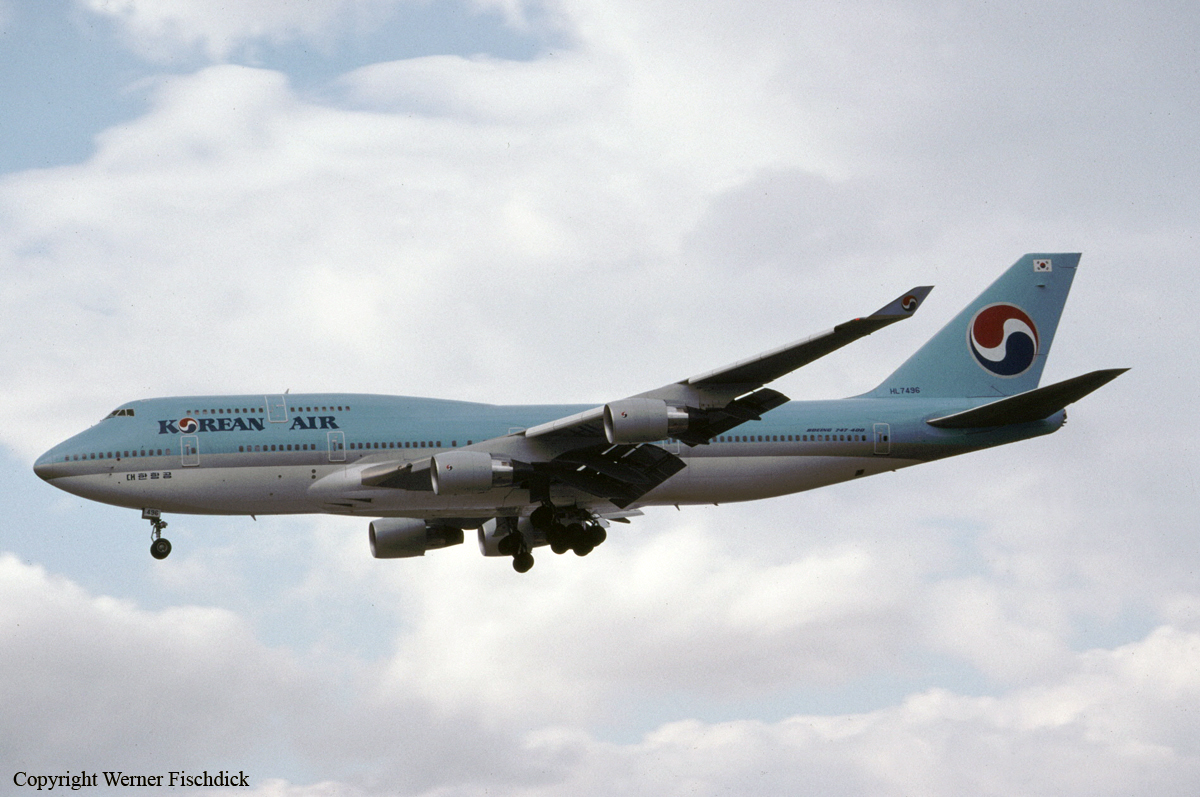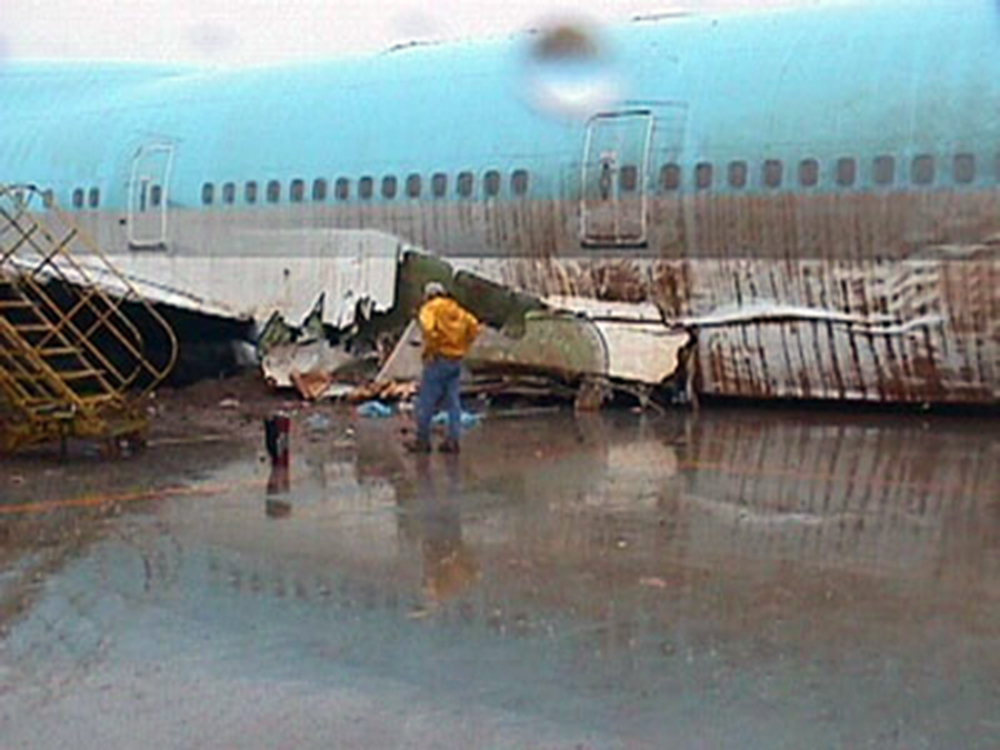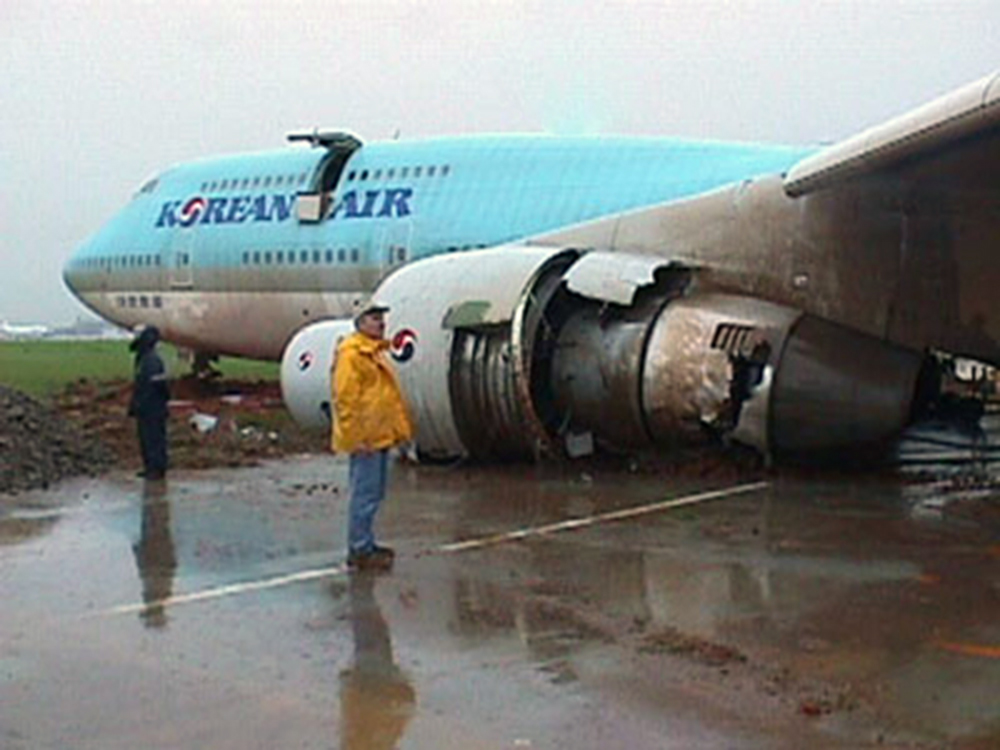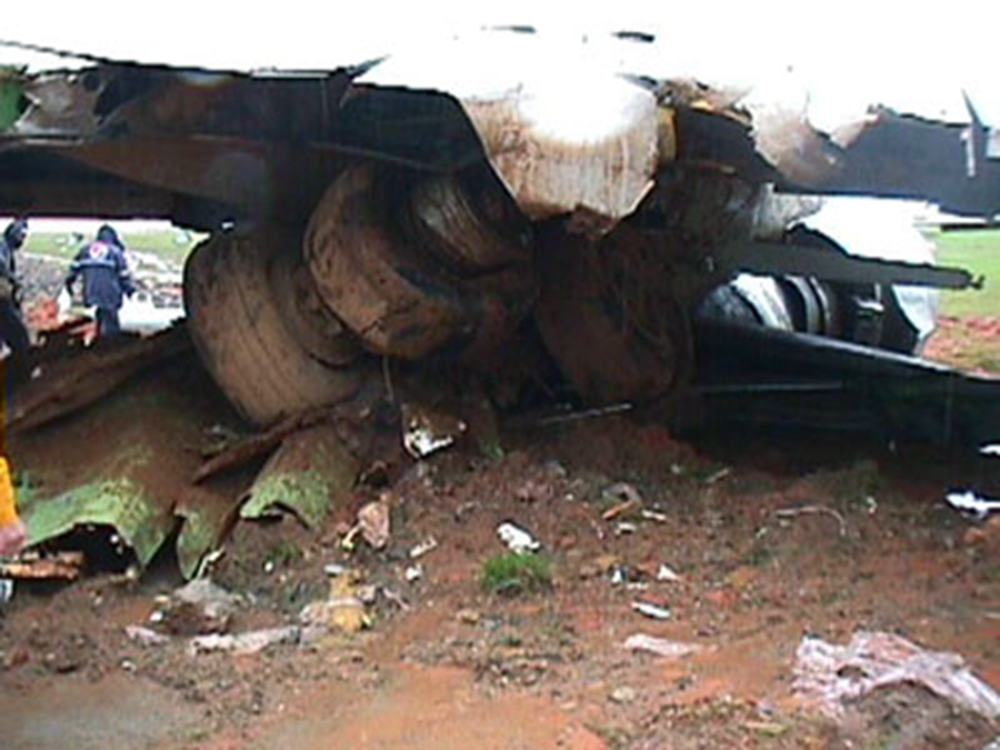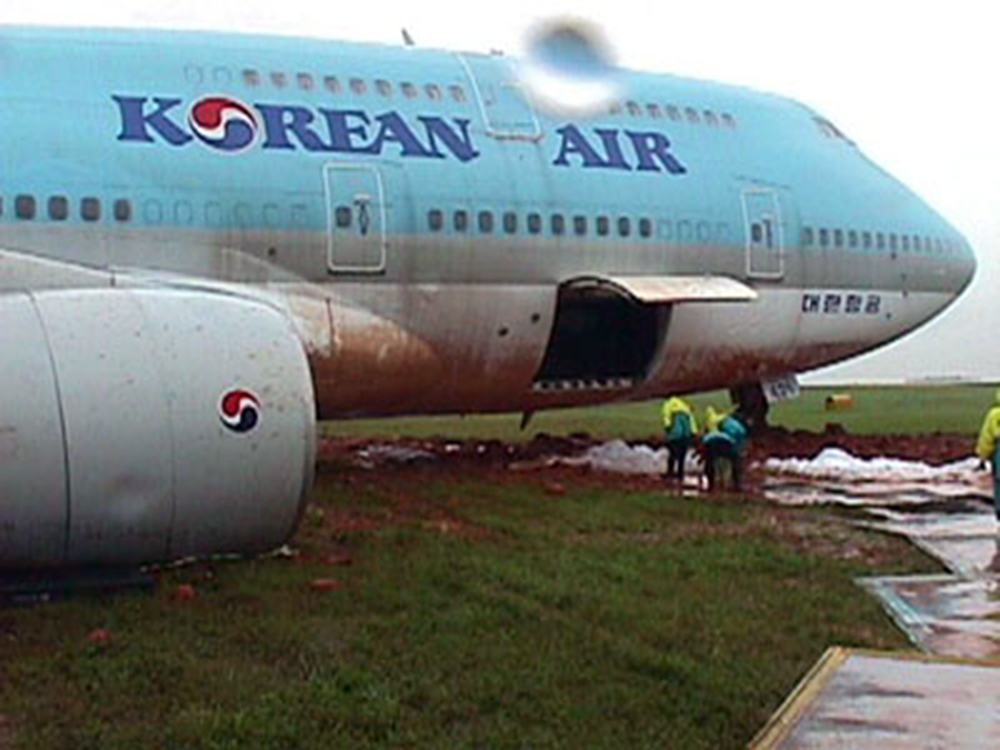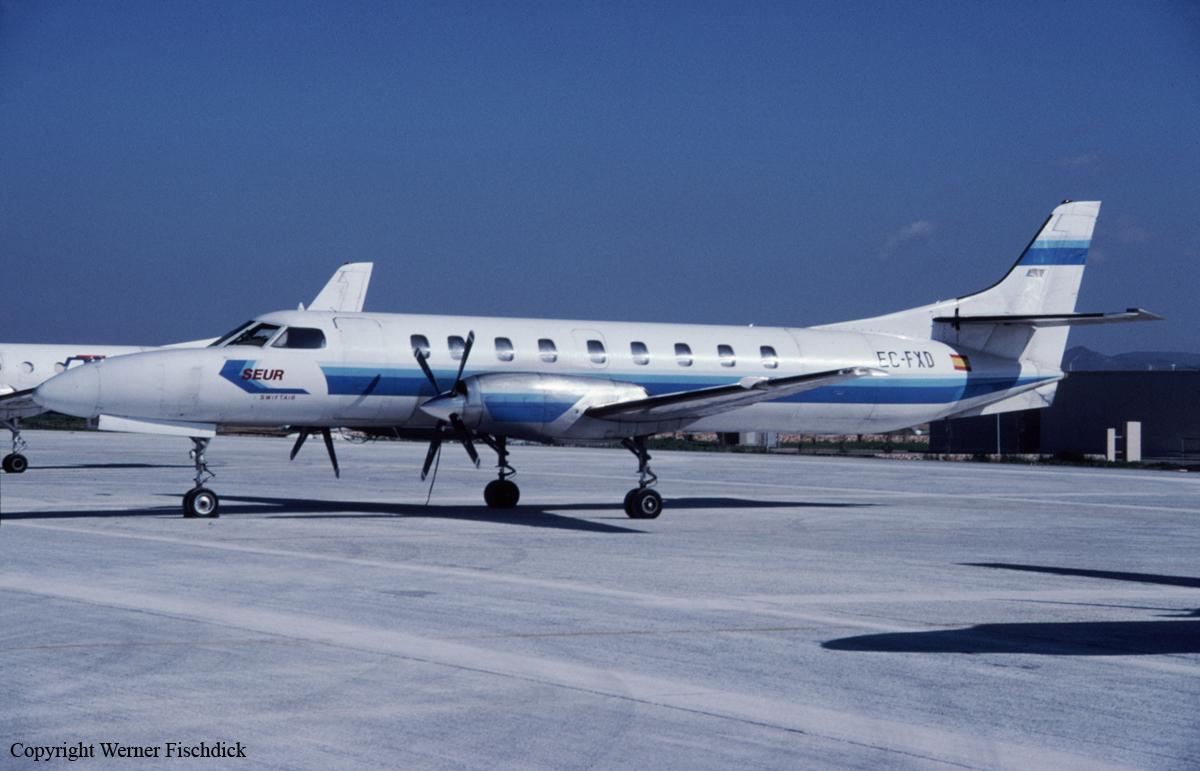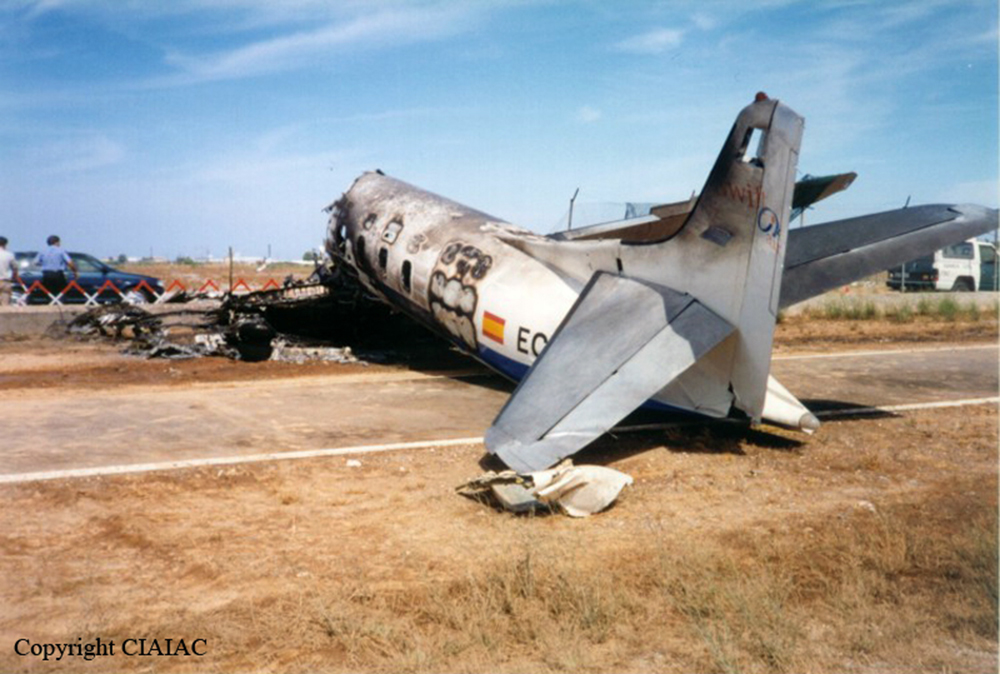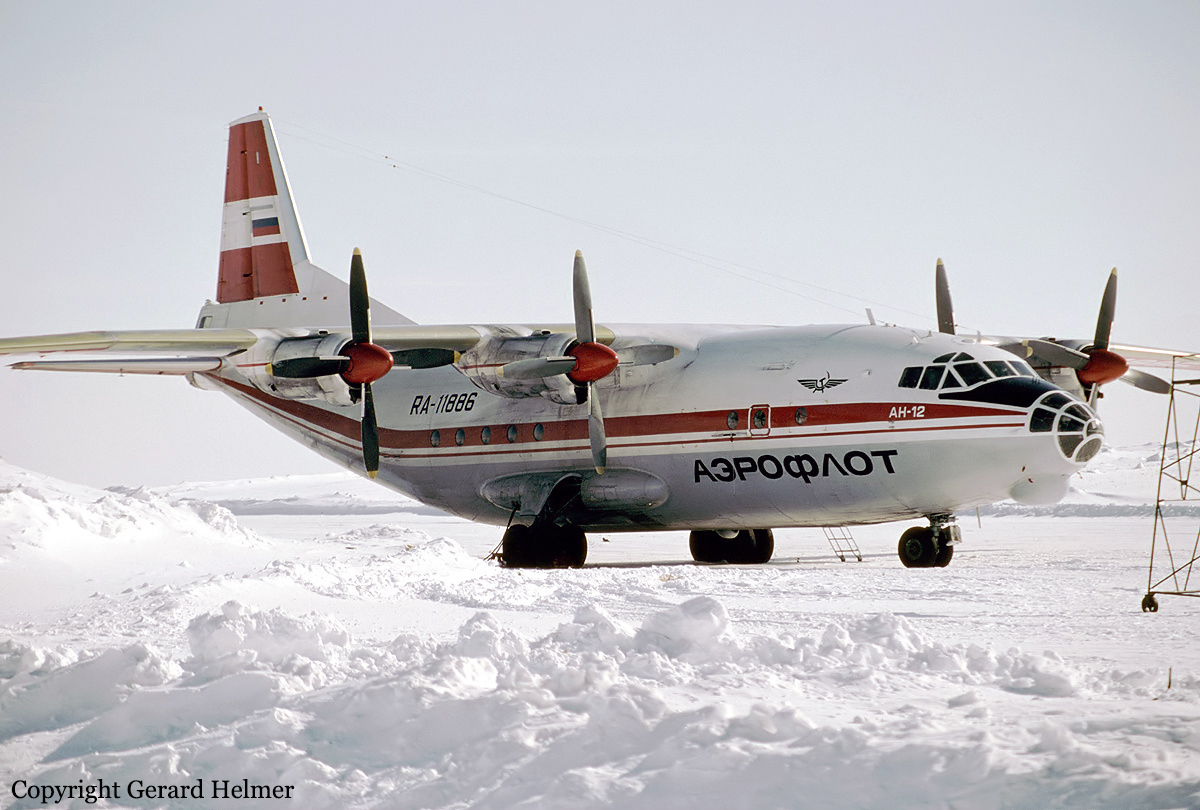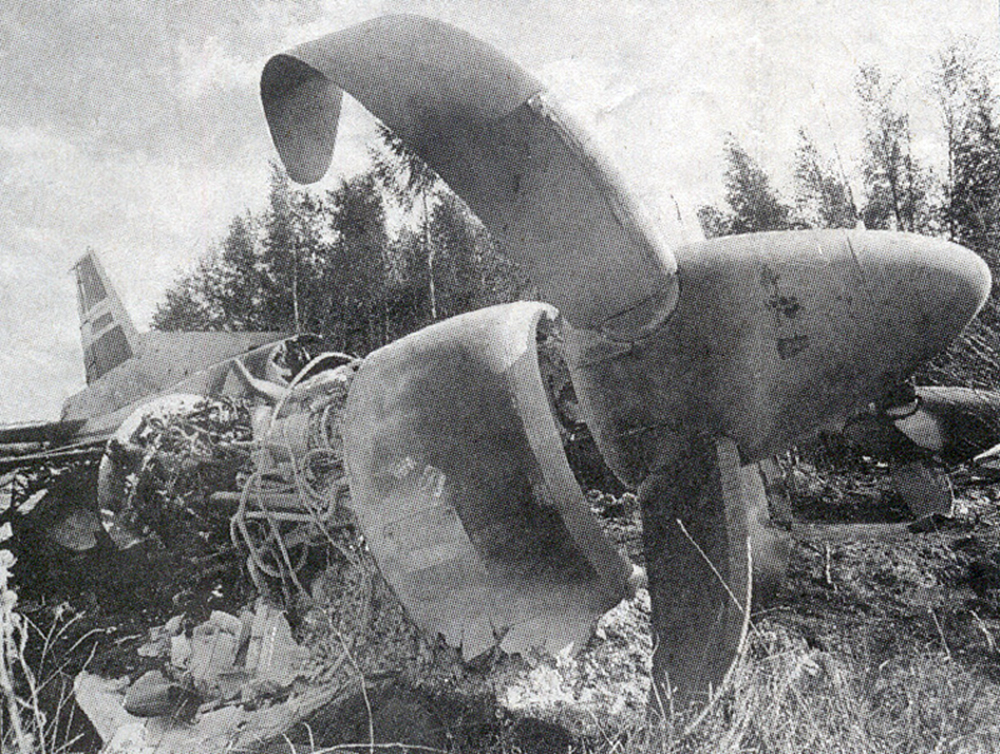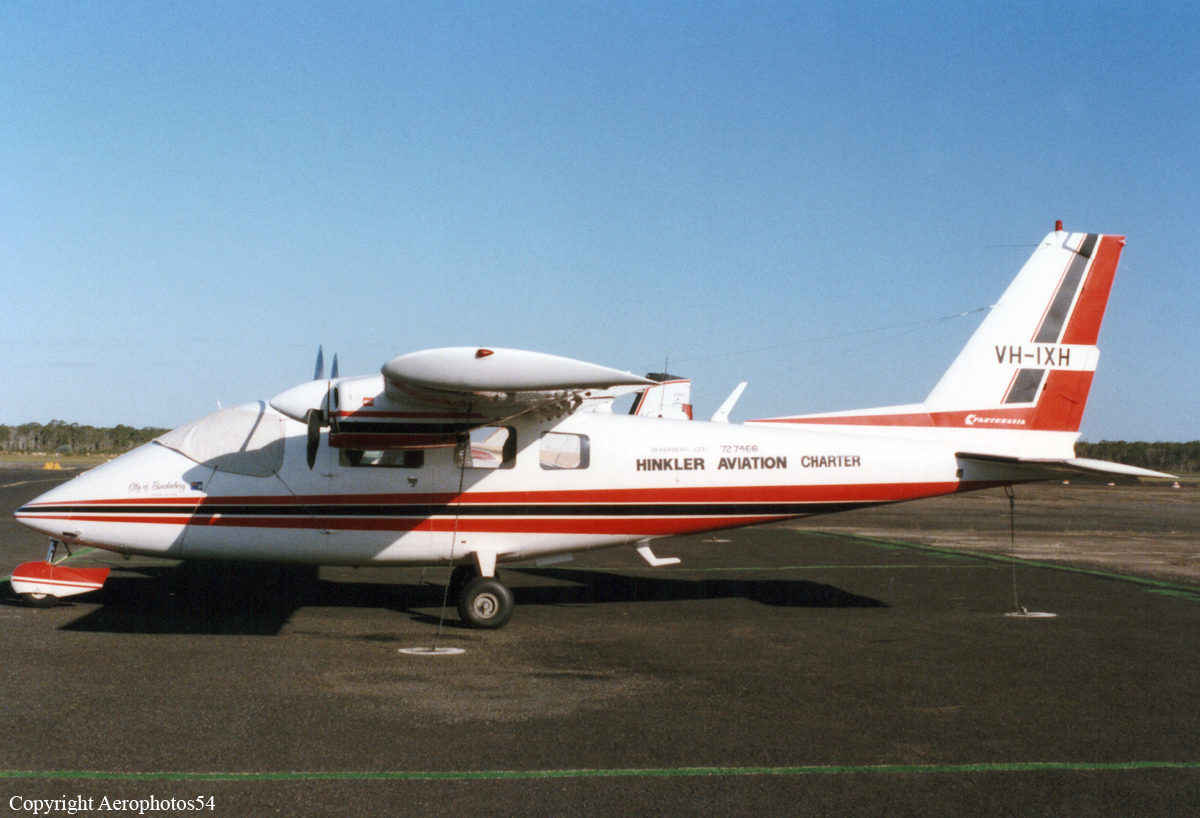Crash of a Cessna 421B Golden Eagle II in Columbus
Date & Time:
Aug 6, 1998 at 0450 LT
Registration:
N5MJ
Survivors:
Yes
Schedule:
Columbus - Detroit
MSN:
421B-0925
YOM:
1975
Crew on board:
2
Crew fatalities:
Pax on board:
4
Pax fatalities:
Other fatalities:
Total fatalities:
0
Captain / Total hours on type:
594.00
Aircraft flight hours:
6925
Circumstances:
Upon reaching an altitude of 400 agl after takeoff, the left side door on the nose baggage door opened. The pilot-in- command initiated a left turn to return to the airport. During the turn the stall horn sounded. The airplane then descended and impacted the terrain. Investigation revealed that both pilots did a portion of the aircraft preflight inspection. Both pilots were qualified to act as PIC for the flight and this flight would typically have been a single pilot operation. However, the company who hired the operator to transport their employees requested two pilots. The operator did not have any written procedures regarding the division of duties for a two pilot operation on this type of aircraft.
Probable cause:
The pilot-in-commands failure to maintain airspeed and the subsequent stall/mush. Factors associated with the accident were the open baggage door and the inadequate aircraft preflight.
Final Report:


